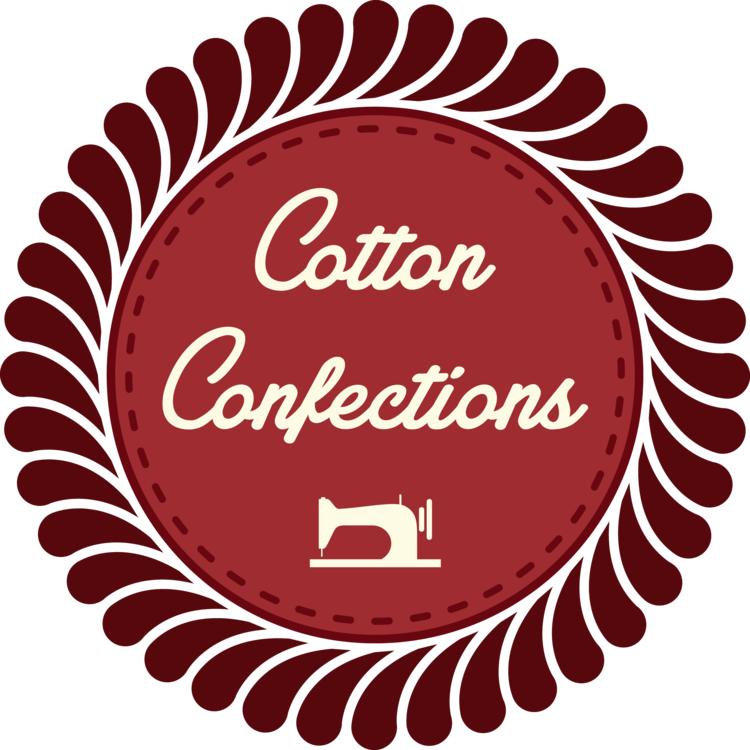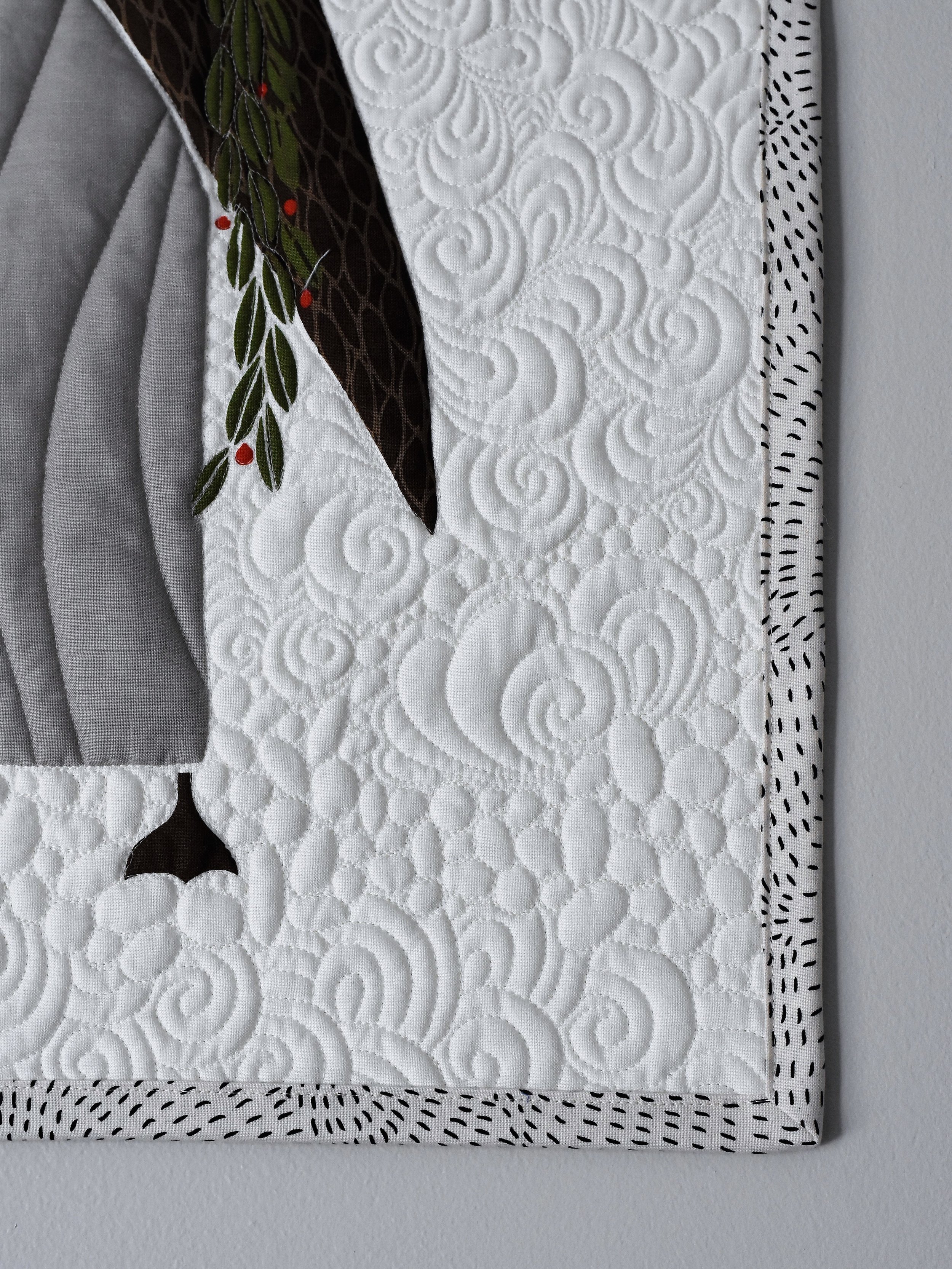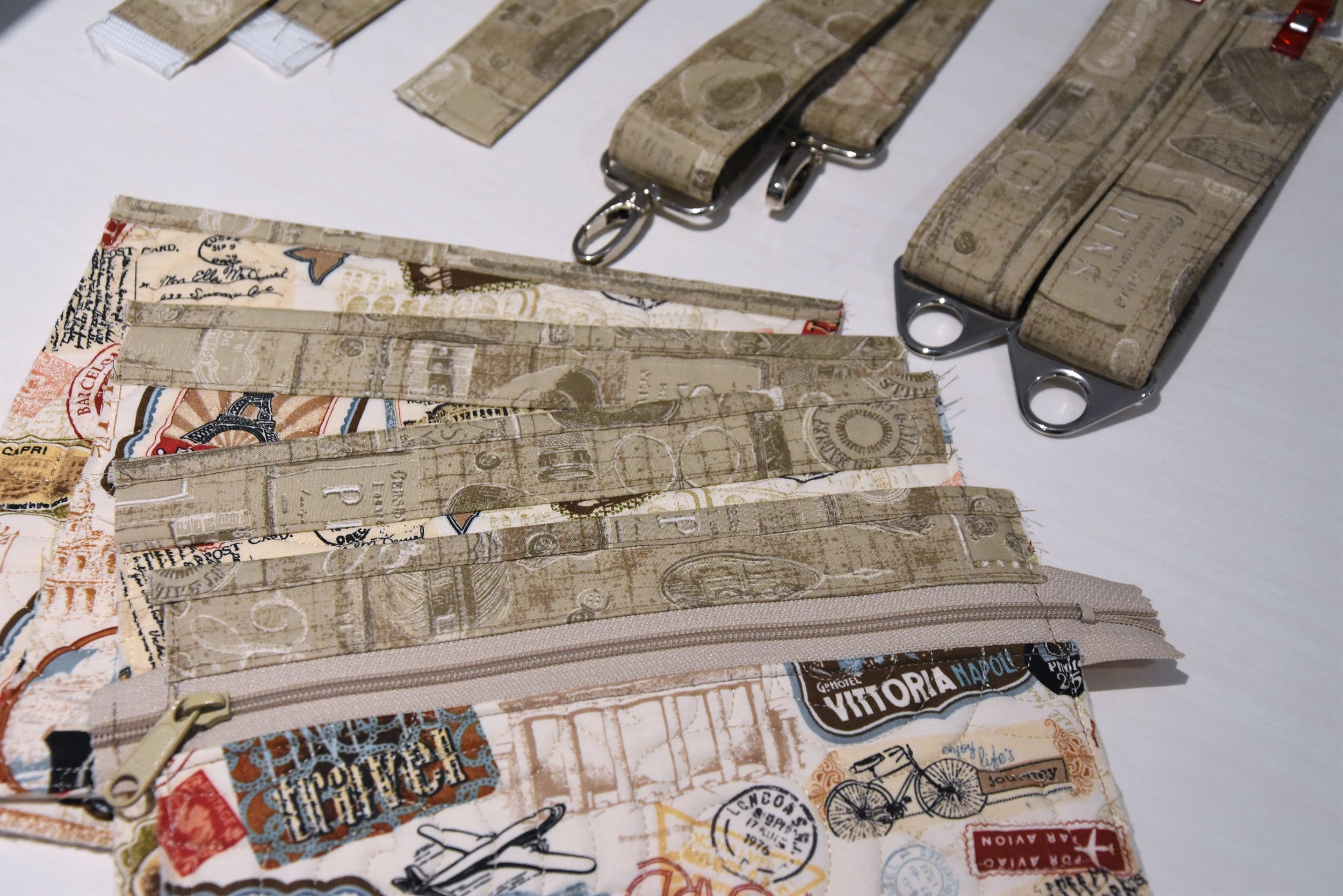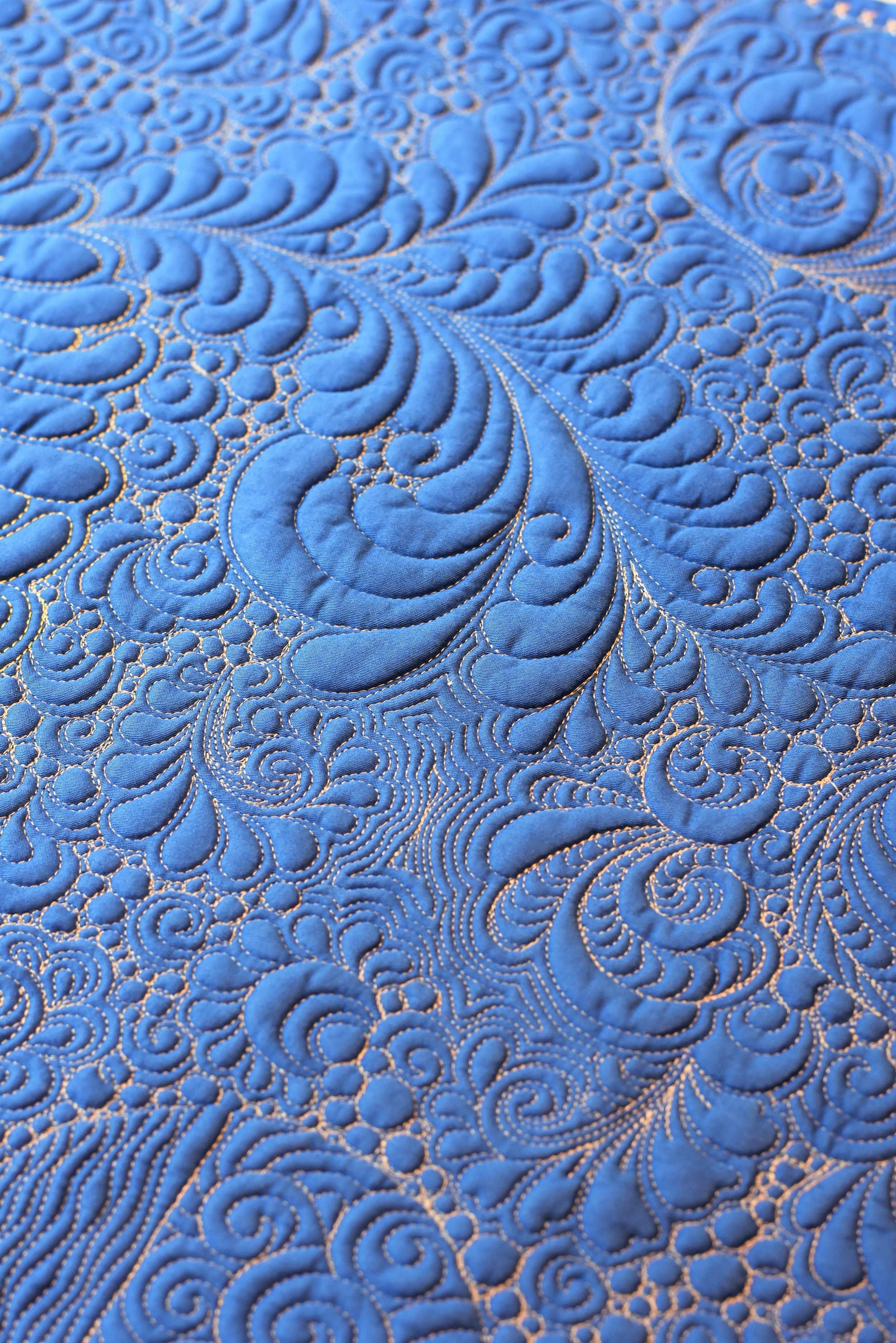This summer we finally got a sofa after years without one. It's the Charles from Huppe that we got during the Bay Days Sale (huge discount!). I made a quilt to put on top of it to serve as a slipcover and blanket at the same time.
Since this this a utility quilt that it must be "high-performance" and durable to withstand our daily wear and tear. Also since this is a quilt displaying on the living room it must not be too ugly. In the end I came up with this more modern looking piece measured 84.5"X66". It's a relatively quick made as the blocks are quite large (16"X16") and simple (mostly rectangles, some frying-geese). The most time-consuming part happened to be the borders - cutting and joining 2" strips together is tedious and boring. But I think the time spent is totally worth it as the borders really make the quilt more appealing.
My trick of making the quilt "tough" is quilting all-over the less that 2 inches apart. Only simple and basic elements: loops, paisley, swirls and straight lines were used. To save time, I quilted with large scale motifs. My Q20, with it's large harp space, made it so much easier to create big motifs without frequent stops and repositioning. Sadly my Q20 still misbehaved sometimes that it annoyed me with several synchronization error messages while quilting this quilt. I am pretty sure that there is not synchronization issue as the stitches are beautiful and tension is perfect. Still need to make up my mind if I would dismantle the machine again and ask my dealer to replace the computer parts that control synchronization.
I also practiced ruler work on this project. I love these extremely straight straight lines, which is impossible when free motion without a ruler. Love it!
40 weight polyester/viscose threads were used for FMQ. I used several types, including Isocord, Hemmingworth, and Sulky (simply for the purpose of using up odds and ends threads).
Batting is Quilters Dream Cotton Select. I have been pairing with Quilters Dream Cotton Request (thinner batting) with wool or silk batting for my other projects but this is the first time that I use the Select line (slightly thicker), one layer only. I love the result. It is not as stiff as Warm and Natural, soft, drape beautifully and shrunk beautifully after wash and dry. It does not really have any loft, making it so much easier to quilt, especially when feeding through my sewing machine for stitching-in the-ditch with a walking foot along the sashing. Would definitely use this batting again for future projects!
If I make this quilt again I would opt for more neutral colors instead of bright tones. I tend to like a clean and neutral looking living area. Yes this is a good excuse to start another project!





















